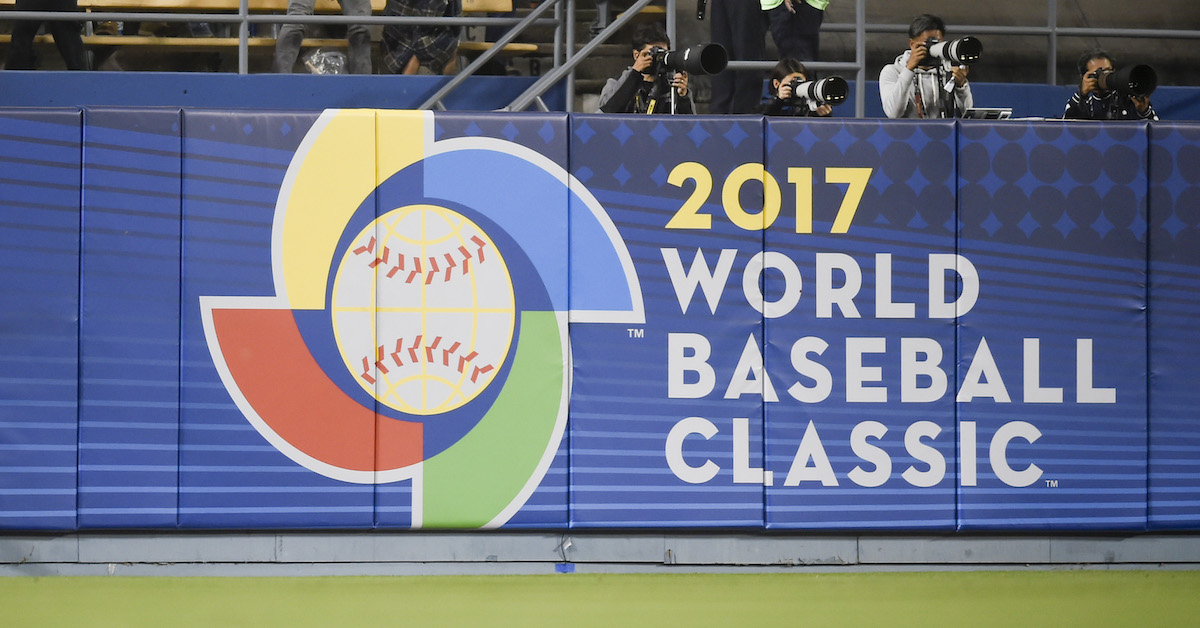The New LSU, Part 2: Paul Skenes Is on a New Heading

I didn’t really see the first pitch of LSU’s season. I was watching on TV, but the ball just sort of teleported from Paul Skenes’ right hand to Brady Neal’s glove. Maybe it was a trick of the lighting or a glitch in the stream. Or maybe it’s the fact that the enormous 20-year-old decided to start off his season with a 99 mph fastball.
Skenes looks like what he is: the Friday night starter for the no. 1 team in the country and a likely first-round draft pick. Not only is he one of the country’s top pitching prospects, but he can handle the bat as well, hitting .367/.453/.669 with 24 homers in 100 combined games over his first two collegiate seasons. He’s not what basketball types like to call a unicorn. Most college seasons feature some elite two-way player, a Brendan McKay or a Danny Hultzen or the like, trying to pitch and slug a blue-blood program to the national title and himself into the top 10 picks in the draft.
What makes Skenes unusual is how recently he started seriously considering baseball a real career opportunity. At 6-foot-6 and 247 pounds, he might look like he was born to throw 99 mph for a living. But this time last year, he was committed to quite a different vocation. Read the rest of this entry »








